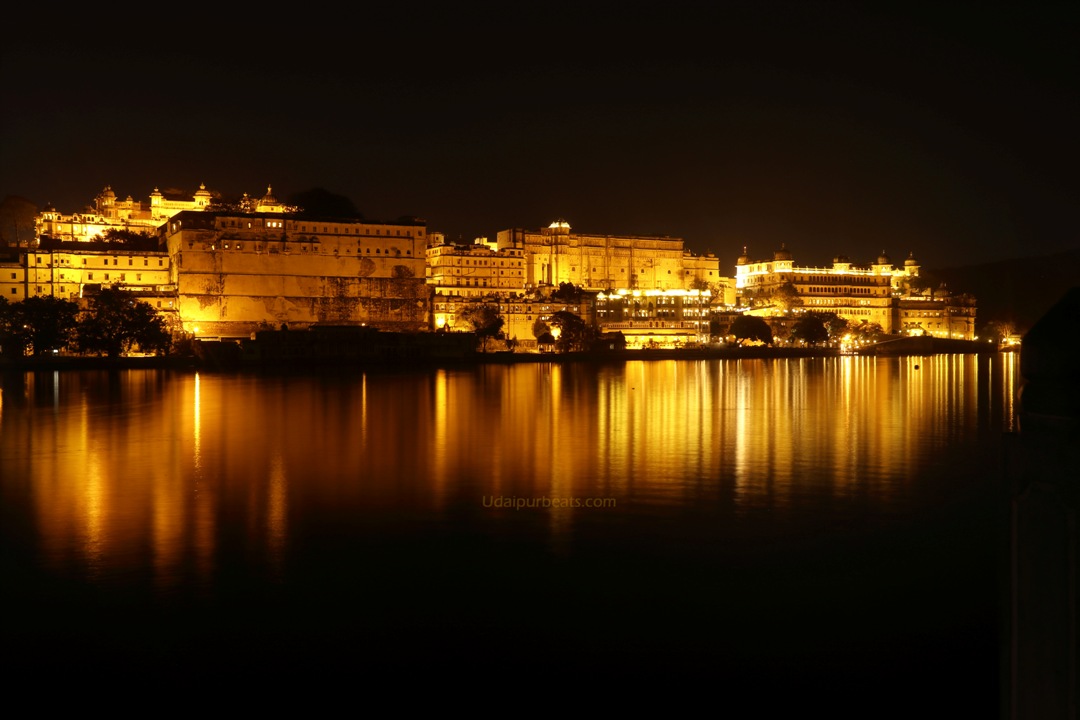Udaipur celebrates its foundation day on Akshay Tritiya every year and today this charming city is celebrating its 467th foundation day. Udaipur is a beautiful city nestled in the lap of Aravali hills in Rajasthan, the city was founded by Maharana Udai Singh in 1553 AD.Here’s the complete history which of the foundation of the Udaipur City.
1.Udaipur is situated in the Girwa valley as this region was already known to Mewar rulers as it has a trading town Ahar which served as Mewar capital in the 10th-12th century.
2..Ahar was a great option for becoming the next capital of Mewar but this area was prone to floods.Once Maharana Udai SinghII met a saint Goswami Premgiri during a hunting expedition in the foothills of Aravalli.The saint advised him to build a palace on the ridge east of Pichola lake, the saint assured him that the palace would remain protected from the enemy.
3.On Akshay Tritiya in the Kriti Nakshatra(Saturday, 15th April) a cannon was fired from Eklinghad situated at Machhla Magra to Udaibadh, after hearing the sound of the cannon fire Maharana laid the foundation of the palace, the common citizens laid the foundation of their houses and thus one of the glorious cities of the world emerged.
4.When Mughals under Akbar attacked Chittorgarh in 1567, Udai Singh II was advised to leave the fort, he along with his family left the fort and moved to the foothills of Aravali where he already founded the Udaipur city.
5.Udaipur city was built keeping in mind the unbreached security so to protect Udaipur from External attacks, Maharana Udai Singh built a thick six-kilometer long wall also known as parkota, with seven gates, namely Surajpole, Chandpole, Udiapole, Hathipole, Ambapole, Brahmpole, and Dilligate(Deligate). The area within these walls and gates is still known as the old city or the walled city but the city has now spread to a vast area outside the walls, the walls at most places are also demolished.
Udaipur city is now one of the most beautiful cities in the world preserving the rich heritage and culture inside it.The forts and palaces still recite the tales of the brave rulers and the art and architecture still gives the testimony of the craftsman of the royal era.





